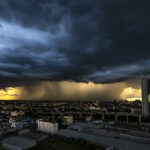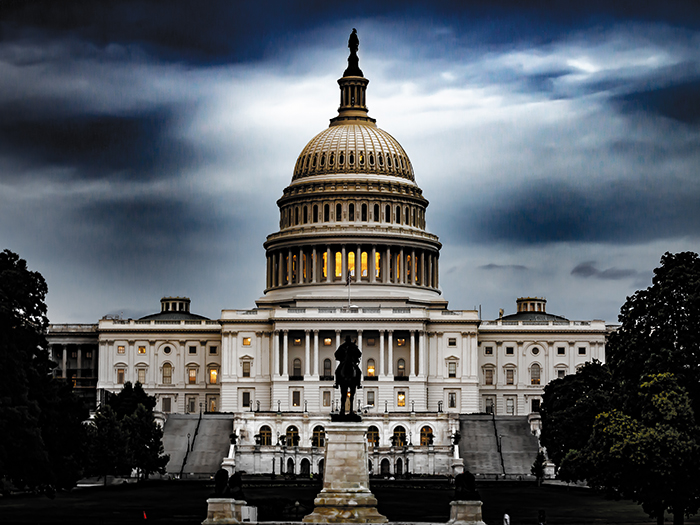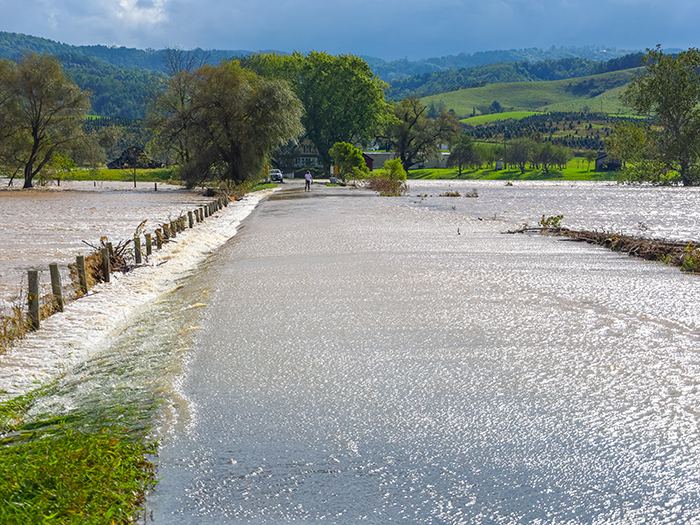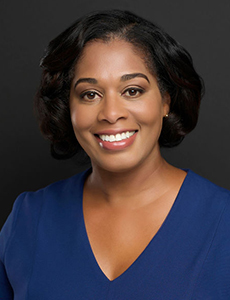From Liability to Oblivion: The Underinsurance Crisis in the Food Industry
I love food.
I love cooking it, eating it, and sharing it with others. I also love the food and beverage industry, which is one of the biggest and most diverse sectors in the world.
But I don’t love how the industry is exposing itself to unnecessary risks by being underinsured and underprepared for product contamination and recall.
Product contamination and recall are not fun topics to talk about. They can happen for many reasons, such as human error, equipment failure, malicious tampering or natural disasters. They can also have serious consequences for a company’s bottom line, reputation and customer loyalty.
That’s why companies in the food and beverage industry need to at least evaluate insurance coverage options to protect themselves from the financial fallout of product contamination and recall. But do they?
In this piece, I argue that the food and beverage industry is systematically underinsured and underprepared for the significant first-party expenses they can incur during a contamination/recall event. I will also explain why this is an existential risk for companies and what they can do to fix it.
Frequency and Severity of Product Recalls
The Sedgwick brand protection Recall Index is a leading source of recall data for manufacturers, suppliers and retailers in the automotive, consumer products, food and drink, pharmaceuticals and medical device industries.
Sedgwick’s 2023 Recall Index indicates, “FDA food recalls experienced a 700.6% increase in the number of units impacted in 2022.”
- In 2021, there were a total of 52.1 million units recalled by the FDA and the average recall size of 125,796 units.
- In 2022, those numbers grew to a total of 416.9 million units recalled for the year and an average recall size of 985,658 units.
- In terms of recall events, there were 363 for all of 2022, up 32.5% compared to 2021, but roughly in line with annual totals in 2017-2020.”
The cost of a product recall can be astronomical. It’s not just about pulling the product off the shelves and telling consumers not to eat it. It’s also the cost of:
- Reverse logistics: Collecting and destroying recalled products.
- Inventory testing: Testing recalled products to determine the extent of the contamination, root cause, and corrective measures.
- Inventory storage and destruction: Storing recalled products until they can be destroyed, and the associated cost.
Lost sales: Revenue that is lost when recalled products are not available for sale.
- Lost brand trust: Damage to a company’s reputation resulting from a recall.
- Brand rehabilitation: Repairing a company’s damaged reputation, including discount and coupon strategies.
These costs dwarf the expense of any corresponding bodily injury claims that are filed.
According to a 2012 joint study by the Food Marketing Institute and the Grocery Manufacturers Association, “The average cost of a recall to a food company is $10M in direct costs, in addition to brand damage and lost sales.”
Another frequently referenced model by researchers Moises Resende-Filho and Brian Burr provides the following formula for companies to estimate the direct impact of a food recall:
However, more recent examples show that product contamination and recall incidents can have severe financial consequences for food and beverage companies, their stakeholders, and the broader industry that go well beyond bodily injury claims, recall expenses, and lost sales:
- The 2009 Peanut Corporation of America peanut butter recall was estimated to cost peanut producers $1 billion in lost production and sales.
- The 2018 romaine lettuce E. coli outbreak resulted in 210 illnesses, 96 hospitalizations, 27 cases of hemolytic uremic syndrome (a type of kidney failure), and five deaths in 36 states. An incident that was due to the operations of a single farm is estimated to have caused total economic losses to society of $280-$350 million.
- The 2019 Blue Bell ice cream listeria outbreak caused 10 illnesses and three deaths across four states. The company recalled all its products from 23 states and paid $19.35 million in criminal fines and forfeiture. The recall led to 2,850 job losses and furloughs at Blue Bell’s four production plants and resulted in a $60 million (uninsured) D&O settlement with shareholders.
Underinsurance of Food and Beverage Industry
It is critical for companies to have appropriate levels of commercial general liability insurance, including product liability, covering claims for bodily injury or property damage resulting from any products they manufacture, sell or distribute.
And according to the Insurance Information Institute, net written premiums for commercial general liability insurance in 2022 (which includes product liability) were a robust $3.3 billion.
Despite the importance of purchasing adequate general/product liability coverage, the reality is the first-party costs associated with a large recall (notification; reverse logistics; inventory testing, carrying, and destruction costs; lost sales; and brand rehabilitation expenses) are often significantly higher than corresponding bodily injury or property damage claims.
The 24/7 news cycle, juiced by the power of social media, creates a high level of risk velocity for a contamination event. This leads to a much faster impact on the organization than the quaint days of the 1980s Tylenol contamination.
If only today’s crises moved at the speed of a Walter Cronkite newscast.
Despite the severity of these incidents, the market for product contamination and recall insurance is so small it is hard to come up with a credible estimate of net written premiums or overall market size. Business Insurance gives an estimate of $300 million to $600 million in capacity for the narrower product contamination segment of the recall market, split between approximately 30 U.S. and London markets.
Interviews with my firm’s wholesale distribution partners leads to an informal estimate of total net written premium for all product contamination/recall insurance, including automotive, consumer products, food and drink, pharmaceuticals and medical devices, of $500 million.
What this means anecdotally is that companies are buying one-sixth as much recall and contamination insurance (vs. product liability) for an exposure that is, in fact, materially larger.
This is a clear sign of underinsurance and under preparedness for product contamination and recall risks.
Failure in Distribution Network for Contamination/Recall Insurance
Retail insurance agents are one major failure point in the distribution network for product recall insurance.
Firstly, product recall insurance is a specialized form of coverage that is not covered on most, if not all, of the standard insurance agent license exams. As a result, many retail insurance agents may be unfamiliar with the intricacies and complexities of this type of insurance product — or that it even exists.
Providing risk management advice, especially regarding specialized forms of insurance, requires a certain level of expertise and confidence.
Without adequate food industry experience, training and exposure to product recalls, retail agents may not recognize the importance of this coverage or understand the potential risks and liabilities associated with a serious product contamination incident.
Consequently, they may not actively promote or recommend product recall insurance to their clients, leading to missed opportunities for you to evaluate this critical risk financing tool.
However, you cannot let your insurance agent’s missed efforts to educate you regarding this critical coverage become your D&O Achilles heel in a contamination incident.
Directors and Officers Liability Exposure for Contamination Incidents
Another critical consequence of underinsurance for product contamination and recall is the increased exposure to directors’ and officers’ liability.
Directors & officers (D&O) liability insurance protects corporate directors and officers from personal liability arising from their actions or omissions in managing a company.
Directors and officers may face lawsuits from various stakeholders in relation to a product contamination or recall event, such as shareholders, customers, regulators, creditors, suppliers, etc.
They may also face personal liability if their company becomes insolvent or bankrupt due to a product contamination or recall event (ex: Blue Bell directors reached a $15 million listeria outbreak settlement), as well as the potential for criminal liability in cases where they are alleged to have knowingly introduced a “defective” product into the marketplace.
The D&O liability exposure for food and beverage companies is further increased if they have a significant recall and do not have insurance or cannot demonstrate that they ever looked at it.
Related Reading: How Technology Is Being Used to Push Back Against the Threat of Foodborne Illness
In such cases, directors and officers may be accused of failing to exercise due diligence or care in managing the company’s risks. They may also be exposed to claims from shareholders who suffer losses due to the drop in the company’s share price or dividends.
Additionally, they may face regulatory investigations or sanctions for violating disclosure or reporting obligations.
Therefore, directors and officers of food and beverage companies need to be aware of their potential liability exposure and ensure that they have adequate D&O liability insurance coverage to protect themselves from the financial consequences of a product contamination or recall event.
They also need to conduct regular risk assessments and reviews of their insurance needs and options and document their risk financing decisions and actions.
In Conclusion
The food and beverage industry needs to increase their awareness regarding insurance coverage for product contamination and recall incidents.
Serious product contamination incidents, and associated recalls, are real threats that can ruin a company’s financial health and adversely impact the communities and stakeholders who depend on them.
Companies in the food and beverage industry need to take steps to assess their first-party contamination and recall exposure, as well as their D&O liability exposure, and evaluate insurance and risk financing strategies to protect themselves from these serious financial risks. &











